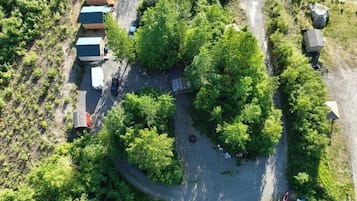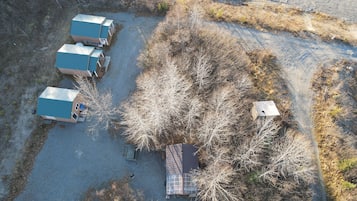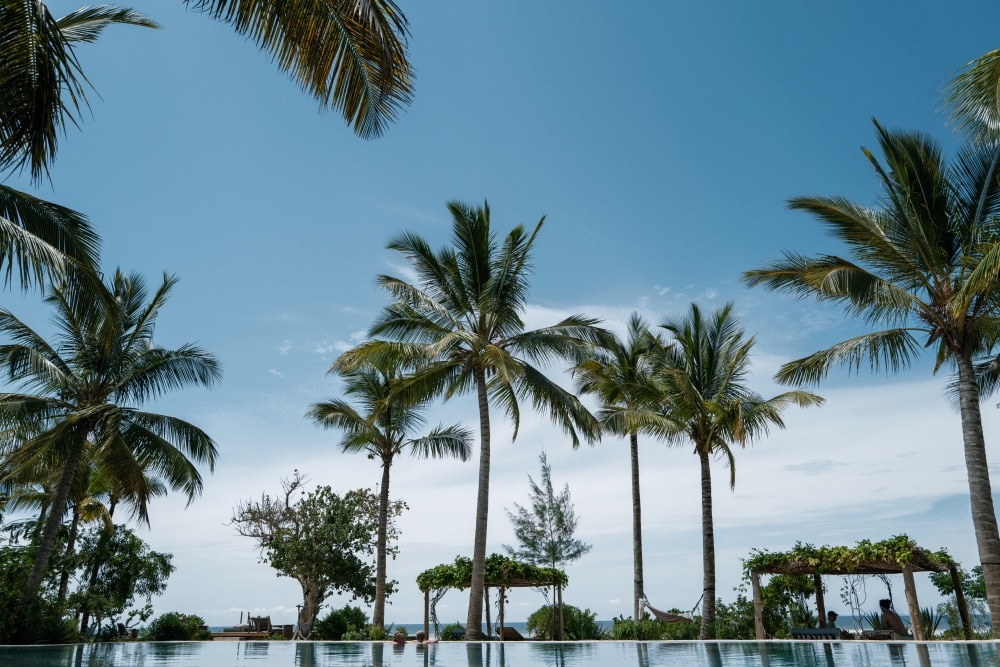Photo by Sharrie Shaw
Nikiski Vacation Rentals
- Change your mindBook hotels with free cancellation
- Be pickySearch almost a million properties worldwide
Check prices for these dates
In two weeks
In two months
In three months
In four months
Vacation Rentals in Nikiski

Cabin in Soldotna
2.0 out of 10, (1)
The price is P14,245
P18,798 total
includes taxes & fees
Dec 1 - Dec 2

Cabin in Sterling
10.0 out of 10, Exceptional, (3)
Lowest nightly price found within the past 24 hours based on a 1 night stay for 2 adults. Prices and availability subject to change. Additional terms may apply.
Find vacation rentals that suit your style
Apartments
Cabins
Save an average of 15% on thousands of hotels when you're signed in
Top Nikiski Hotel Reviews

Soldotna Inn
10/10 Excellent
Find out more about Nikiski
Search for holiday rentals in Nikiski on Expedia! You can easily find your home rentals, villas, holiday apartments in Nikiski using one of the methods below:
- View our selection of featured holiday rentals in Nikiski
- Use the map to find apartments and other holiday homes in the Nikiski neighbourhood you prefer
- Enter your travel dates to view the best deals on holiday rentals in Nikiski while they last
Look no further and take a look at our great range of rental properties in Nikiski!
![The Arctic Circle is one of the five major circles of latitude that mark maps of the Earth. As of 16 February 2015, it runs 66°33′45.6″ north of the Equator.
The region north of this circle is known as the Arctic, and the zone just to the south is called the Northern Temperate Zone. The equivalent polar circle in the Southern Hemisphere is called the Antarctic Circle.
The Arctic Circle is the southernmost latitude in the Northern Hemisphere at which the sun can remain continuously above or below the horizon for 24 hours (at the June solstice and December solstice respectively). North of the Arctic Circle, the sun is above the horizon for 24 continuous hours at least once per year (and therefore visible at midnight) and below the horizon for 24 continuous hours at least once per year (and therefore not visible at noon). On the Arctic Circle those events occur, in principle, exactly once per year, at the June and December solstices, respectively. However, in practice, because of atmospheric refraction and mirages, and because the sun appears as a disk and not a point, part of the midnight sun may be seen on the night of the northern summer solstice up to about 50′ (90 km (56 mi)) south of the Arctic Circle; similarly, on the day of the northern winter solstice, part of the sun may be seen up to about 50′ north of the Arctic Circle. That is true at sea level; those limits increase with elevation above sea level, although in mountainous regions there is often no direct view of the true horizon.
The position of the Arctic Circle is not fixed. It directly depends on the Earth's axial tilt, which fluctuates within a margin of 2° over a 40,000-year period,[2] notably due to tidal forces resulting from the orbit of the Moon. The Arctic Circle is currently drifting northwards at a speed of about 15 m (49 ft) per year; see Circle of latitude for more information.
#snow](https://images.trvl-media.com/place/6140564/a9f9449e-bab4-40a6-a9a1-5356b0cc2aa8.jpg?impolicy=fcrop&w=1200&h=500&q=medium)














